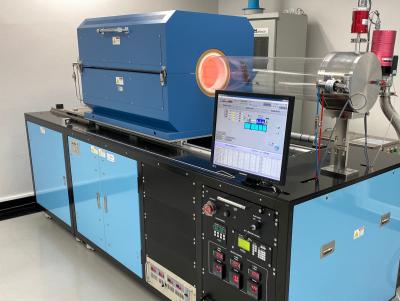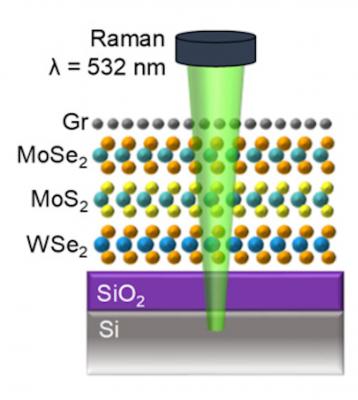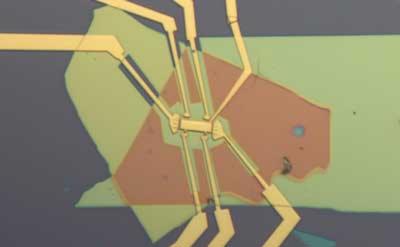by all graphene | Jul 9, 2022 | 2D materials, Aerospace, AGM, Angstron Materials, Audio, Development, Graphene applications, Graphene thermal conductivity, Investment, MIT, Photonics, Products, Research, Stanford, Technical / Research
A team of researchers from Stanford University, University of Washington, The Charles Stark Draper Laboratory, University of Maryland and MIT have reported the design of an energy-efficient, silicon-based non-volatile switch that manipulates light through the use of a...
by MBF Admin | Sep 30, 2021 | 2D materials, Aerospace, AGM, Angstron Materials, Audio, Carbon Nanotubes, Development, GNRs, Graphene applications, Investment, Products, Research, Stanford, Technical / Research
Researchers at Shanghai Jiao Tong University, Stanford University, and other US and China institutes have designed a strategy for creating graphene nanoribbons (GNRs) with smooth edges that are below 10 nm in width. This new method is based on the use of squashed...
by MBF Admin | Dec 15, 2020 | 2D materials, Aerospace, AGM, Angstron Materials, Audio, Development, Graphene 3D Lab, Graphene applications, Graphene Labs, Graphene production, Graphene Sensors, Graphene-Info, Haydale, Investment, Medicine, Products, Research, Stanford, Versarien
The Coronavirus pandemic has been having a significant impact on the graphene market and industry. Even before the pandemic, graphene has already received much attention due to promising antimicrobial properties and demonstrated antiviral efficacy. However, there is...

by MBF Admin | Feb 6, 2020 | 2D materials, Aerospace, AGM, Angstron Materials, Audio, Cambridge University, CVD, Development, Graphene investing and financials, Graphene production, Graphene-Info, Investment, Molybdenum, NUS, Products, Research, Stanford, University of Manchester
UK-based planarTECH is launching an equity crowdfunding campaign at on Seedrs, as part of Graphene-Info’s Graphene Crowdfunding Arena. planarTECH aims to expand its current business and also initiate new graphene endeavors.planarTECH, founded in 2014, supplies...

by MBF Admin | Aug 22, 2019 | 2D materials, Aerospace, AGM, Angstron Materials, Audio, Development, Electronics, Graphene applications, Graphene thermal conductivity, Investment, Products, Research, Stanford, Technical / Research
Researchers from Stanford, NIST, Theiss Research and several others have designed a new heat protector that consists of just a few layers of atomically thin materials, to protect electronics from excess heat.Cross-section schematic of Gr/MoSe2/MoS2/WSe2 sandwich on...

by MBF Admin | Jul 28, 2019 | 2D materials, Aerospace, AGM, Angstron Materials, Audio, Boron Nitride, Conductors, Development, Graphene applications, Investment, Magnetism, MIT, Products, Research, Stanford, Technical / Research
Stanford physicists recently observed a novel form of magnetism, predicted but never seen before, that is generated when two graphene sheets are carefully stacked and rotated to a special angle. The researchers suggest the magnetism, called orbital ferromagnetism,...



